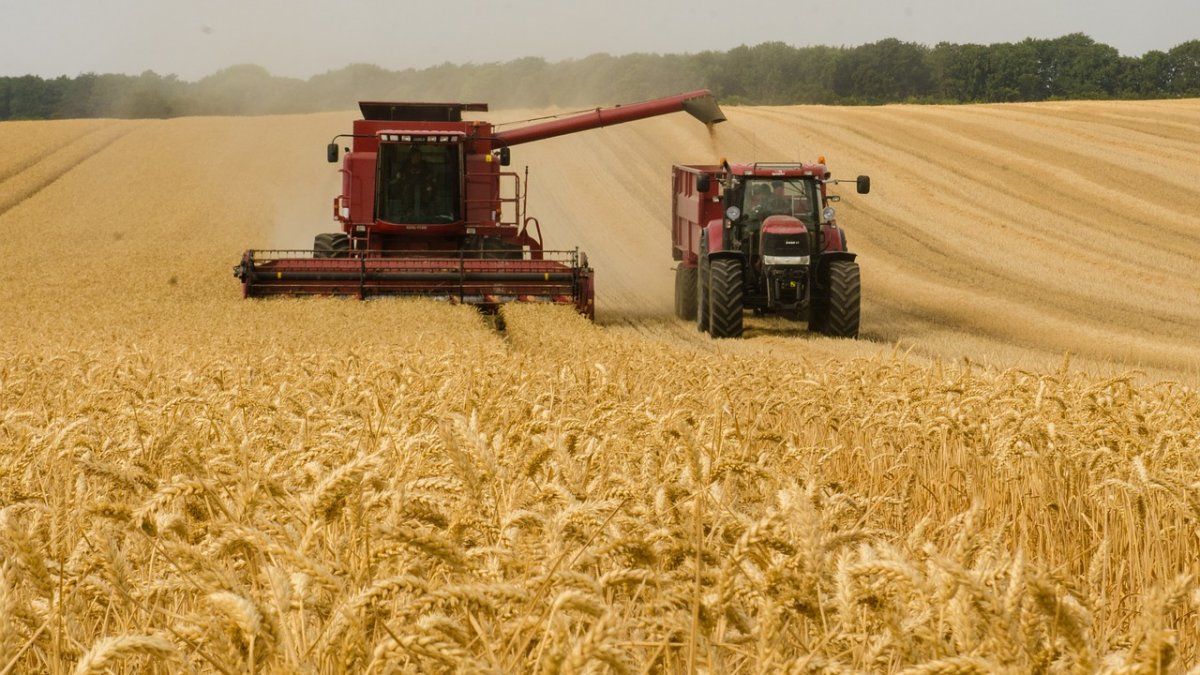The contracts of May 2022 of soybeans, which coincides with the Argentine harvest, exceeded US$640 on the dayalthough at the moment it falls slightly 0.06% to US$615.08.
What remained firm were the prices of wheat, which advanced 5.4% to US$340.24 a ton, and corn, which gained 2.8% to US$276.86 as a result of the events.
Russian forces invaded Ukraine by land, air and sea, confirming the West’s worst fears with the largest interstate attack in Europe since World War II.
Russia and Ukraine account for about 29% of world wheat exports, 19% of world maize supplies, and 80% of world sunflower oil exportsso traders fear the conflict will hamper the movement of crops and trigger a dispute by importers to substitute supplies from the Black Sea.
“The rise in prices reflects fears of a complete halt to Black Sea exports,” said Andree Defois, president of French consultancy Strategie Grains.
“The problem is that the importing countries still have needs (of wheat), we are not yet at the end of the campaign. If we see two or three million tons moving to other origins, that is very bullish.”
In recent weeks, the prices of soybeans and corn have been involved in strong increases due to the restriction of supply more than due to an increase in demand. This restriction was caused by crop cuts, especially in Brazil and Argentina, where production is at levels below expectations as a result of the severe drought that threatens the country in the main productive areas and forest fires.
Russia is also a major producer of fertilizers containing potassium, phosphate and nitrogen: nutrients for crops and soil. It produces more than 50 million tons of fertilizers a year, 13% of the world total.
Vessel movement in the smaller Sea of Azov has already been suspended and if shipments from the Black Sea are interrupted, major importers, particularly in the Middle East and North Africa, will have to struggle to find alternative supplies.
Ukraine is one of the world’s top four corn (maize) exporters along with the United States, Argentina, and Brazil. The two countries also account for around 80% of world sunflower oil exports.
The war conflict raises fears for grain supplies. The reaction of agricultural raw materials is not the only one. The beginning of the military actions shook the prices of all commodities. Oil prices rose above $100 a barrel for the first time in seven years.
Source: Ambito
David William is a talented author who has made a name for himself in the world of writing. He is a professional author who writes on a wide range of topics, from general interest to opinion news. David is currently working as a writer at 24 hours worlds where he brings his unique perspective and in-depth research to his articles, making them both informative and engaging.




